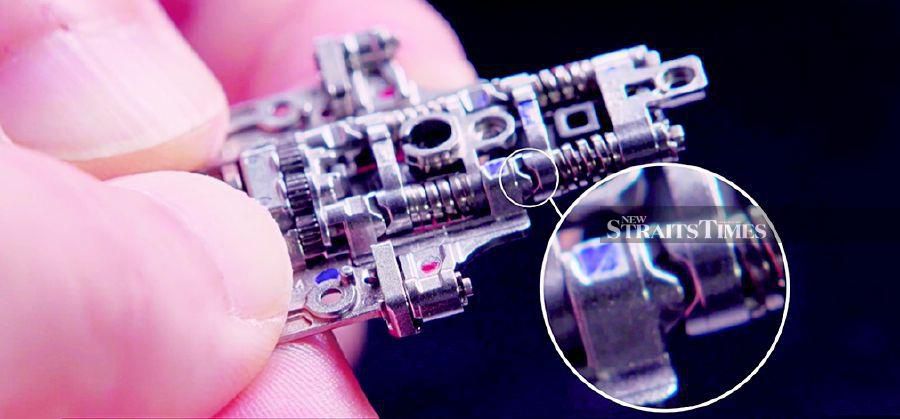Creating a workable hinge for a foldable phone is tricky, and the Samsung Electronics R&D team shares how this is done
FOLDABLE phones are the latest innovation in the smartphone industry. This new design allows the phones to have bigger screen size when opened.
However, one important aspect in this new design is the intricate hinge that allows the phone to be folded and unfolded.
Opening and closing a foldable phone may seem like a simple action, but actually, every fold is a product of thousands of hours poured into research and innovation.
Being one of the first companies to introduce foldable phones, Samsung has improved its hinge technology with the use of "Hideaway Hinge" that it features in its Galaxy Z Flip and Galaxy Z Fold2.
According to Samsung, its new Hideaway Hinge is designed to tackle some of the challenges faced in the original Galaxy Fold, improve its durability and deliver a flex mode — an entirely new way for users to engage with their devices.
IMPROVING THE DESIGN
While the original Galaxy Fold broke the mould of traditional smartphones, Samsung said it also had design elements that needed improvement.
The Galaxy Z Fold2 borrows the Hideaway Hinge mechanism from the Galaxy Z Flip, with a few tweaks to update the foldable experience.
According to Seung-hyun Hwan of Samsung Electronics Advanced Mechanical R&D Group, the Hideaway Hinge, which is first introduced in the Galaxy Z Flip, has received positive feedback for its flex mode and stable folding experience.
"We wanted to keep those strengths in the new product."
He said the new hinge used a special computer-aided manufacturing (CAM) structure with two ridge-shaped parts that interlock in stages, keeping the device unfolded for flex mode.
"The Galaxy Z Fold2 has stronger retention force, keeping the device unfolded at 180 degrees and preventing the device from accidentally closing. To meet the needs of the larger form factor, the Galaxy Z Fold2 has more CAM structures and springs than the Galaxy Z Flip, while still maintaining a small, intricate design," said Hwan.
Although it appears simple from the outside, the Hideaway Hinge is rather complex, comprising more than 60 extremely small elements.
The engineers aren't the only team members involved in bringing it to life — the product design team also played an integral role.
"We needed to come up with an intricate solution," said Hwan.
"After reviewing dozens of versions with the design team, we were able to build an optimal space to place the hinge, which is how we created the final design," he said.
CHALLENGES
One of the major challenges of developing a foldable device is ensuring that dirt and dust don't find their way into the hinge, which may ultimately cause damage under the screen.
Out of necessity, the hinge must have a small gap that allows the device to fold and unfold, but this also makes the device vulnerable to dust damage.
"We needed to develop a technology that could close the inevitable gap between the front and hinge housing," said Hee-Cheul Moon of Samsung Electronics Advanced Mechanical R&D Group.
"Our solution was the 'sweeper' technology, which uses elasticity to close off the gap even when moving," he said.
However, creating the sweeper mechanism for the Hideaway Hinge was no easy task.
INTEGRATING NEW DESIGNS
Samsung said in order to meet the demands of the Galaxy Z Fold2, the sweeper has to satisfy three conditions. First, it has to be robust.
To keep up with the way people use their phones, the hinge had to withstand at least 200,000 folds.
Secondly, it has to maintain elasticity for the movement of all the tiny components in the hinge.
Lastly, it has to be small enough to ensure that the final iteration of the Galaxy Z Fold2 will be light and slim.
After going through 98 different ideas, none of which worked, Samsung engineers finally drew inspiration from the most unlikely source — the household vacuum cleaner.
"The brush in a vacuum cleaner is an elastic body made out of fibres. And it seemed to be short enough for our device," said Moon.
"We were able to render fibres that were shorter than 1mm and build them into parts that were compatible with the life expectancy and elasticity," he said.
"Thanks to the sweeper technology, you can fold and unfold the Galaxy Z Fold2 without worrying about dirt and dust getting under the screen," he said.








